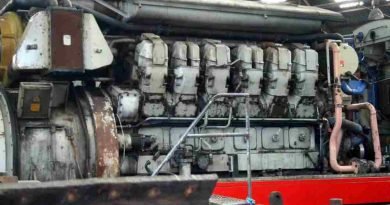What is Reliability Engineering?
Reliability engineering is a sub-discipline of systems engineering in which the ability of an equipment to function without failure. Reliability engineering focuses on ensuring the dependability and the performance of systems, product or process over time.
The process of identify and mitigate the potential failures and weaknesses in a system to enhance its reliability and availability is called as Reliability engineering. The reliability engineering plays an important role in various industries including, aerospace, aeronautical, production, manufacturing, healthcare, telecommunications, automotive, etc. and much more.
Reliability plays one of the important roles in engineering and used to design, develop and maintain systems that can consistently operate without any failure. Reliability is closely related to availability which describes the ability of a component or system to function at the specific interval of time.
Reliability engineering deals with the prediction, precaution and management of high levels of lifetime engineering, uncertainty and risks failure. It is close to Quality Engineering and Safety Engineering in which use of common methods for analysis.
Key Concepts in Reliability Engineering:
Failure Analysis: Reliability engineers analyze data and investigate failures to understand the breakdowns and helps to identify the critical points which need improvements.
Risk Assessments: Reliability engineers assesses the risks which are associated with the potential failures and prioritize the areas that require attentions.
Preventive Maintenance: Reliability engineers performs preventive maintenance practices to detect the potential issues before hey lead major system failures.
Reliability Modeling: Reliability engineers create mathematical models to predict the system issues and provide preventive maintenance.
Reliability Testing: Reliability engineers conducts various tests such as production testing and environmental testing’s to asses the reliability of components and systems under the different operating conditions.
Common tasks and techniques used in reliability engineering:
- Root cause analysis
- Field data analysis
- Human error analysis
- Reliability block analysis
- Operational hazard analysis
- Built-in self-test
- Reliability centered maintenance
- Physics of failure
- Fault tree analysis
- Eliminating single point of failure
Objectives of Reliability Engineering:
Here are some of the objectives of reliability engineering are as follows,
- To identify and correct the causes of failures.
- To apply engineering knowledge and specialist techniques to prevent and reduces the amount of failures.
- To apply methods for estimating the reliability of new designs and analyzing the reliability data.
- To determines the error’s, do occurs that have not been corrected.
Benefits of Reliability Engineering:
Here are some of the benefits of reliability engineering are as follows,
Increased Safety: By identifying and mitigating the potential failures, reliability engineers contributes and help to safety and reliability of critical systems in various industries such as aerospace and healthcare.
Increase Product Performance: Reliability engineering leads to improve the productivity, performance and product quality.
Cost Saving: Preventive maintenance and reducing failures resulting from reliability efforts leads to cost saving.
Predictive Analysis: The data use in reliability and statistical models enables predictive analysis for better decisions and risk management.
Compliance and Regulations: In some of the regulated industries, reliability engineering helps ensure the compliance with safety, standards and regulations.





